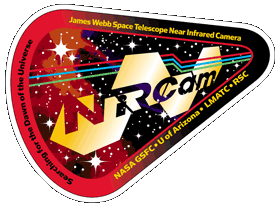
Satellite and Telescope Mission Insignia
On October 4, 1957, Russia launched a small metal ball into orbit around the Earth. Named Sputnik, this was the world's first artificial satellite, and it began a whole new era of beeping metallic monsters circling our planet. It is estimated that today there are more than 500 active satellites circling the Earth. If we include dead satellites, old rocket parts, and other space junk, it is estimated that there are about 8,000 objects currently in orbit around the Earth. The active satellites include communication satellites, spy satellites, weather satellites, and observation satellites such as space telescopes. Most people are familiar with the Hubble Space Telescope, but many people do not realize that it is not the only one. The Spitzer Space Telescope is currently in orbit studying the universe in infrared light. The Chandra X-ray Observatory observes the universe in X-rays, revealing details hidden in other wavelengths. The James Webb Space Telescope is currently under development. When launched, it will be as large as a tennis court and will be able to see much farther into the universe than has ever been possible before.
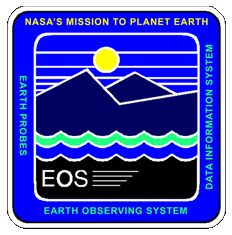
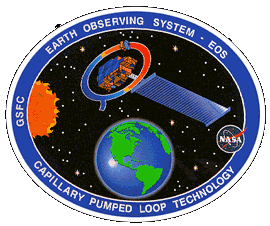
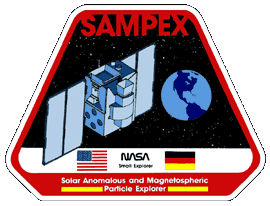
Earth Observing
System (EOS)
Launch: June 27, 1982Solar Anomalous and
Magnetospheric Particle
Explorer (SAMPEX)
Launch: July 3, 1992Tropical Rainfall
Measuring Mission (TRMM)
Launch: November 11, 1997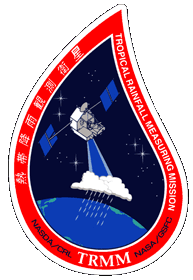
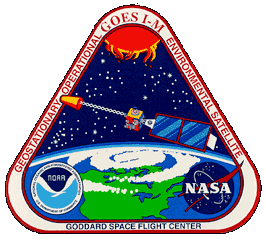
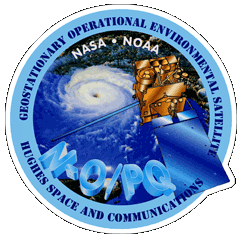
Near Earth Asteroid
Rendezvous (NEAR)
Launch: February 17, 1996GOES I - M
GOES I Launch: April 13, 1994GOES M Launch: July 23, 2001
GOES N - Q
GOES N Launch: May 24, 2006GOES P Launch: March 4, 2010
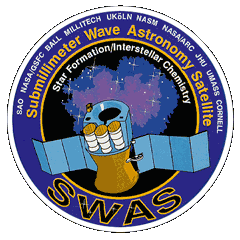
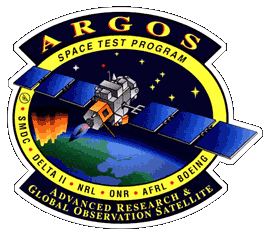

Submillimeter Wave
Astronomy Satellite (SSWAS)
Launch: December 5, 1998Advanced Research and
Global Observation
Satellite (ARGOS)
Launch: February 23, 1999Landsat-7
Launch: April 15, 1999
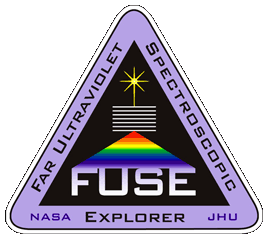
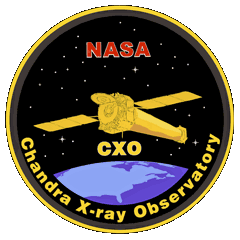
Starshine
Launch: June 5, 1999Far Ultraviolet
Spectroscopic Explorer (FUSE)
Launch: June 24, 1999Chandra X-ray Observatory
Launch: July 23, 1999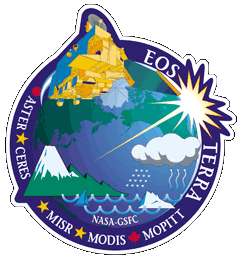

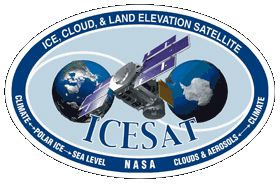
EOS AM-1 TERRA
Launch: December 18, 1999Thermosphere Ionosphere
Mesosphere Energetics
and Dynamics (TIMED)
Launch: December 7, 2001Ice, Cloud, and Land
Elevation Satellite (ICESat)
Launch: January 13, 2003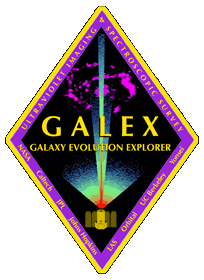
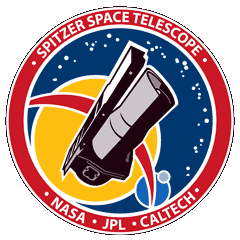
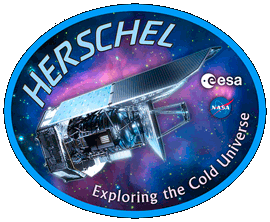
Galaxy Evolution
Explorer (GALEX)
Launch: April 28, 2003Spitzer
Space Telescope
Launch: August 25, 2003Herschel
Space Telescope
Launch: May 14, 2009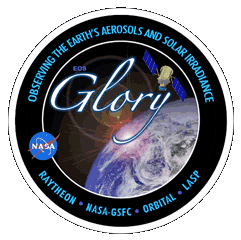
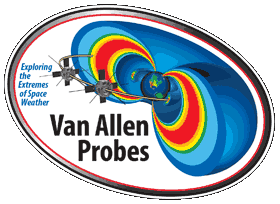
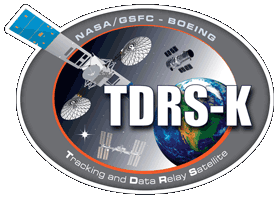
EOS Glory
Launch: March 4, 2011Van Allen Probes
Launch: August 30, 2012Tracking and Data
Relay Satellite (TDRS) K
Launch: January 31, 2013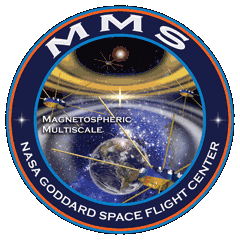

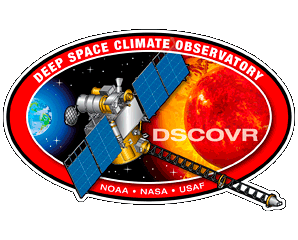
Magnetospheric Multiscale
Satellite(MMS)
Scheduled Launch: October 2013National Polar-orbiting
Operational Environmental
Satellite System (NPOESS)
Scheduled Launch: March 31, 2014Deep Space Climate
Observatory (DSCOVR)
February 11, 2015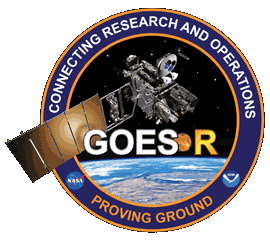
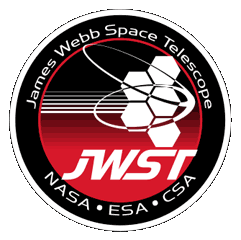
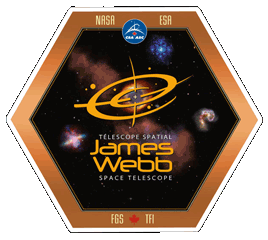
GOES-R
Scheduled Launch: October 2015James Webb
Space Telescope
Scheduled Launch: 2018James Webb
Space Telescope
Scheduled Launch: 2018
